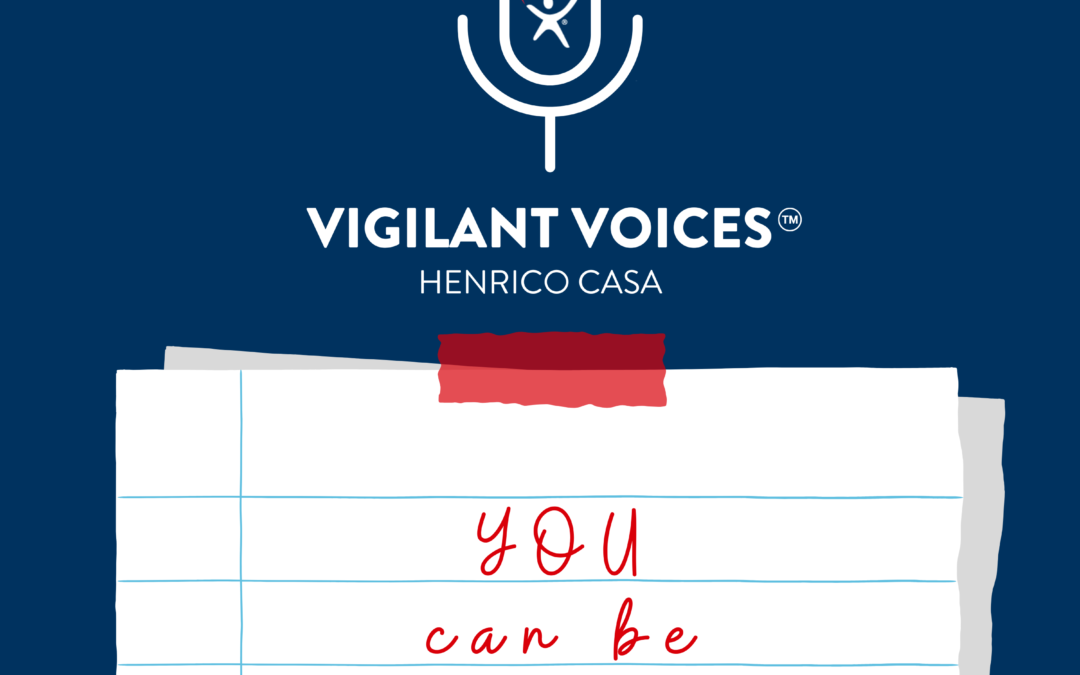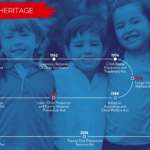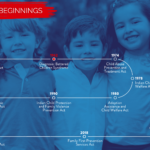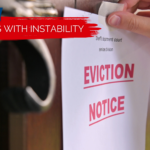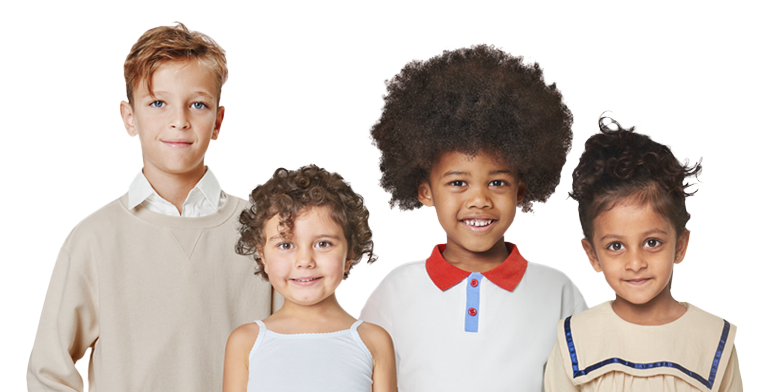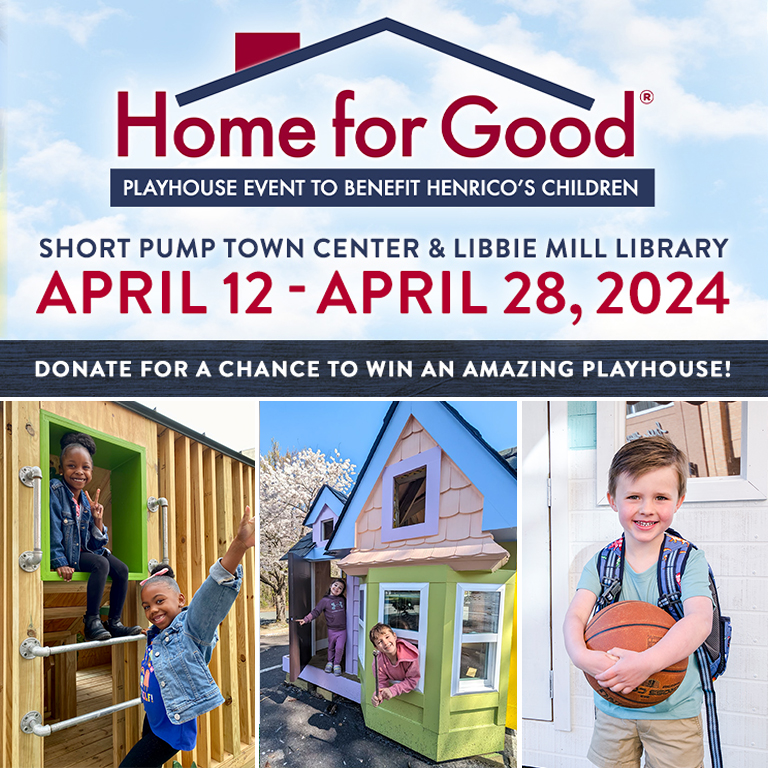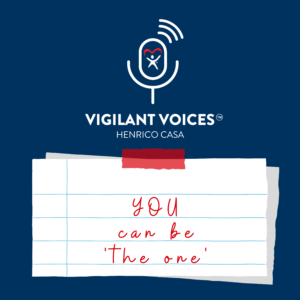
Listen to Episode 4 of the Vigilant Voices™ podcast, You Can Be “the One.”.
Jeannine Panzera: Hello, listeners. You are listening to our relatively new Vigilant Voices™ podcast.
Kristin Blalock: Right? Relatively new. This is already our fourth episode, a reminder that in our work at CASA, which stands for Court Appointed Special Advocates, we’ve learned that it’s important to know about the challenges facing children and families to ensure that no child faces abuse, neglect, or trauma. And that’s what this podcast is all about.
J: All right, Kristin. So like we do sometimes, I have a question for you. Have you ever felt just totally overwhelmed by the magnitude of a problem?
K: Yes. My hand is raised high in the air.
J: Yes, it is. Yeah. So when it’s that that thought of so much is going on that it’s just too big and how can we even tackle this? And it reminds me of a poem that is actually really important to us in our work. It’s called the starfish poem. And this is where a child is walking along the beach, throwing starfish back into the ocean. And another man who’s walking down the beach stops her and says, why are you bothering to do that? There are just so many starfish and you can’t save them all. And this little girl pauses and looks at the man and picks up another starfish and throws it into the water. And she says to him, well, it mattered to that one.
K: Yes. I love that. The whole idea of do for one, what you wish you could do for all. And actually, in the CASA story I wanted to share today, it’s more like do for three, what you wish you could do for all.
J: Oh, so this is going to be a story today about a group of children, like siblings?
K: Yes, a sibling set. So the lives of these three teenagers were rocked to the core when their mom, who was a single parent, was arrested. With no other parent present, the teens were split up and sent to various relatives. So you can only imagine that meant that each was kind of on their own to navigate anew home, new schools, new relationships, new expectations. And once things settled down, their worlds were kind of shook up again because their mom was released on probation and they were obviously so happy to be reunited with her. But there had been threads of stability that had been woven over the recent months, and those threads were severed. And so they returned to her. But that meant they were shuffled between even more houses, and every move meant a new school, different friends, different troubles. And all the while, their mom’s struggles with substance abuse did continue.
J: Yeah, this is a lot, obviously, for these three teens. And so this case actually brings to mind for me the ACEs chart that shows the type of childhood experiences that are traumatic and can be traumatic to children.
K: Right.And listener, in case you don’t know, ACES stands for Adverse Childhood experiences.
J: Yes. So this phrase originated with a study conducted by the Centers for Disease Control, aka the CDC, and Kaiser Permanente in the mid 1990s. It uncovered a very clear correlation between traumatic childhood events and the negative health outcomes as adults.
K: And there were actually ten traumatic situations that were highlighted in that original ACES study. And so those were physical, sexual and emotional abuse, and then physical and emotional neglect. And then the remaining categories were mental illness, domestic violence, parent incarceration, substance abuse, and divorce.
J: Right. And under each of these categories that are relatively broad, there are so many other sub issues and challenges that individuals can face who’ve experienced this. So, for instance, physical neglect could be leaving a child unattended, but it could also mean that a child is not receiving proper nutrition or they’re not getting the medical care that they need. And so there’s neglect there. I mean, there’s a lot of different things that might fall under that category of physical neglect, for sure.
K: And I’ve always appreciated that the study didn’t just identify experiences like one off incidents, like an accident or a death or something like that. It also shows that prolonged stressful situations, like growing up with an incarcerated parent, that prolonged situation is also traumatic for a child.
J: Yeah, it’s repeated stress over and over. At CASA, this is a very important study for us, and very important for us to understand all of these correlations and why this matters. And so we are always reading and studying up on ACEs, and one of our favorite resources is the PACEs. So it’s PACEs Connection, which we’ll have a link to their site in our show notes. But the way that they explain how ACEs impact children I think is really clear. And what they say is that “prolonged exposure to ACEs can create toxic stress, which can damage the developing brain and body of children and affect overall health. Toxic stress may prevent a child from learning or playing in a healthy way with other children and can cause long term health and behavioral problems.”
K: Basically, the stress of these situations on a child’s developing brain is intense. So intense that it not only impacts the child’s present mental and physical health, but their future health as well.
J: Yes. And things in the present that can be then affected by adverse experiences are a child’s ability to learn and remember things. Stress brains can’t learn their ability to socialize and their ability to manage other stress that we all face, but certainly children face too, every day. And so we see this a lot that kids are acting out. And those behaviors, they’re what we call trauma behaviors, are really kids saying, I’ve maxed out my bandwidth for stress and I’m acting out in this way.
K: It’s just truly too much for their little bodies and minds. It’s like they’re operating in survival mode. Like when you think about when you’re really anxious in a moment, that increased heart rate, your blood pressure going up, you’re breathing differently, there’s tension in your muscles, you can’t stay calm, especially for a child, and think rationally when you’re in that mode.
J: And part of the reason that we call this toxic stress is because it is really exactly that toxic stress happens when our brain endures this repeated stress or danger and then starts releasing hormones. And some of what you described, Kristin, was like that fight or flight.
K: Right. Or freeze.
J: Right. Freeze is a new one. Yeah, but so fight, flight, freeze hormones. But that’s cortisol. And that fight or flight is our body’s internal alarm system. And that’s a really good thing. Do we run when we see the bear?
K: Yes, we want to.
J: But repeated and constant instances. So, again, think of children or individuals just who have constant trauma and hardships over and over again over time. It increases their heart rate and increases blood pressure. And really, then that damages the digestive and immune systems because of that constant release of hormones like cortisol. And then that can increase the likelihood of illness.
K: Which is fascinating. Side note.
J: So what happens is that then ACEs, as we know, affect children’s future well being. So studies show that children with a higher number of adverse experiences are more likely to be challenged with things like substance use or depression, heart disease, suicide, asthma, and more. And if that stress response is so extreme and long lasting and we don’t have good, healthy buffering relationships available to them, then the results really do damage and weaken systems like immune and brain and body. But also the brain architecture is completely different. It changes the physiological aspect of the brain.
K: It does. And the statistic from the ACEs study that always blows my mind mind is that a child with a high number of adverse experiences actually has a life expectancy up to 20 years less than their peers. I mean, it’s just staggering. And it’s so sad because these adverse experiences are happening to them. It’s nothing at all that they could control. They were just born into a really tough situation.
J: That is pretty unbelievable. And then the other statistic that really kind of blows my mind is actually about the protective factors. So this is the positive. The ACEs study also identified factors that can help mitigate some of these negative outcomes that we’ve been discussing. And do you know what the number one factor is?
K: I do, but tell our listeners.
J: So the number one factor that can help prevent these negative outcomes is the presence of one, just one caring adult in the child’s life. One adult. And that is 100% why we do what we do.
K: Yes. And that can be for us as a CASA volunteer. But I mean, it can be a teacher, a coach, some other capacity like that, right? Even informally. Like you don’t need a title or a role. You can be a friend, a neighbor, a family member.
J: Exactly. And so in some capacity, we can each be that one safe, stable, and caring adult in a child’s life.
K: Without a doubt. And that is what our CASA volunteer was in the story that we started with about the three teenagers. Their CASA volunteer walked with them through so much change and so much turmoil. They ended up returning to the various caregivers who had taken them in when they were initially split up. So while not together, they were able to each have a stable, long term home moving forward. And just over that time period, we started adding up the number of people involved in these kids’ lives. And they were in four different schools, multiple homes. They had three judges, six social workers, a lot of different counselors and therapists. But through that entire time, they just had one consistent CASA volunteer. He was by their side, he advocated for them, and he was a safe adult in their life.
J: I love that. Yeah, I mean, that’s a lot of change for these kids. But they had that one consistency with their advocate and that’s just so important. And so we hold on to the hope that having that one adult change their story without a doubt.
K: And I know for sure that it did. And so listener, you’ve probably already guessed what today’s call to action is. It’s that you can be the one identify a child in your life and commit to being a consistent presence. And honestly, consistency is the key. That’s what they need. And sometimes it’s the hardest thing for us to give because our lives are busy. But you can commit to being that consistent presence in someone’s life.
J: Right. And we may not always have the opportunity to see how their future unfolds, but at least we know, because studies show it, that without a doubt, you have made a difference because you have been that one.
K: Right. And the difference that you make for that one can kind of represent the difference you wish you could make for all children.
J: Right. This is another little call to action for us. If you’re interested in being the one by serving as a Court Appointed Special Advocate, reach out to us. We love to connect and share our mission and why what we do really matters. And CASA volunteers are people like you, listener, who care about the well being of children. And we take care of all of the other training that you need to really help you set up for success when working with these children and families.
K: We continue to have a need for more advocates. We don’t want to leave a single one of them behind.
J: That’s right. And we have a training class actually starting this weekend for our newest class of advocates. And we always look forward to when they will be sworn in as agents of the court later this spring. And then they’ll be assigned a case so that they can begin advocating for a child or sibling group like you shared earlier today.
K: Yeah. And then the process continues because we’ll have another training class this fall.
J: So, listener, that gives you plenty of time to attend an information session and send in an application. We would love to get you involved.
K: We would. So visit our website for more information.

